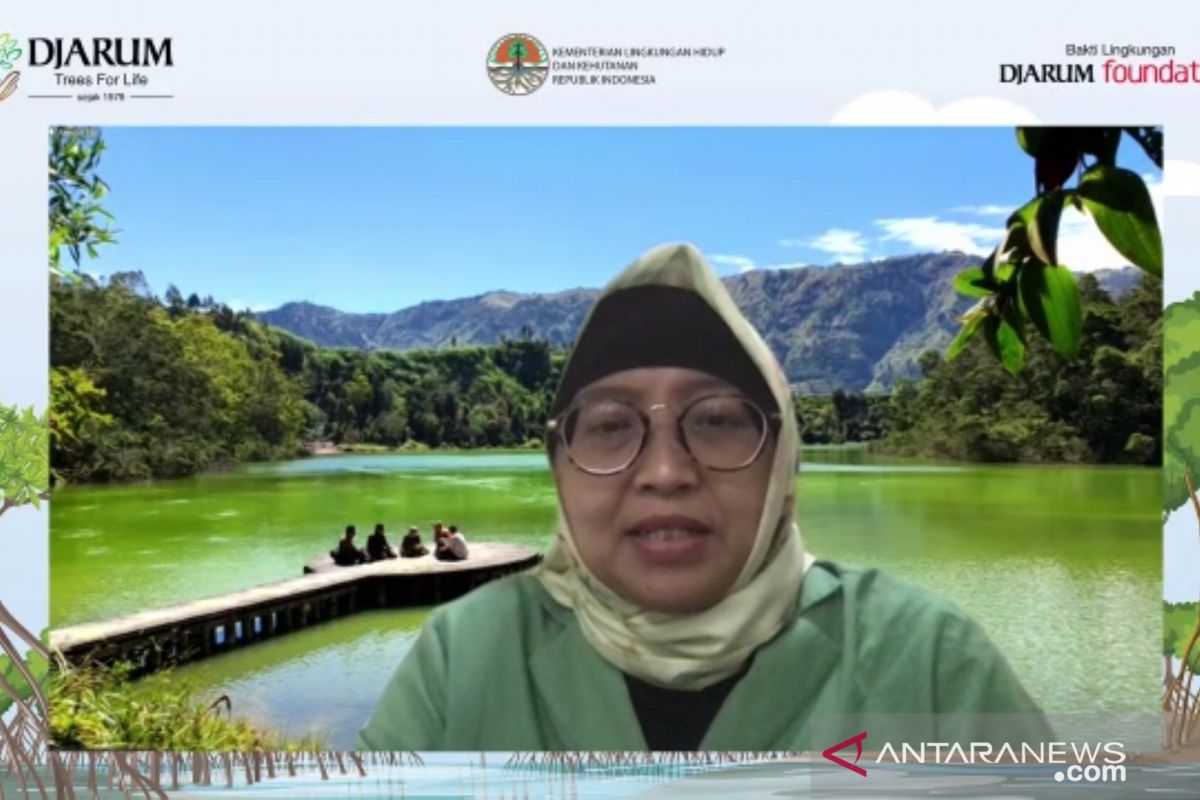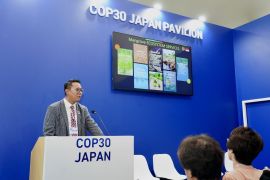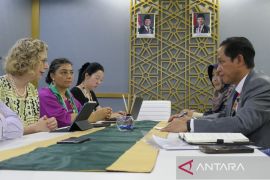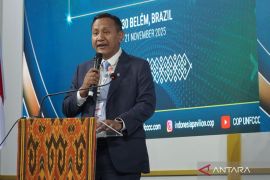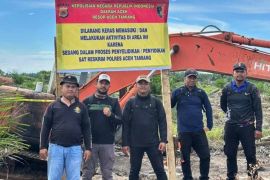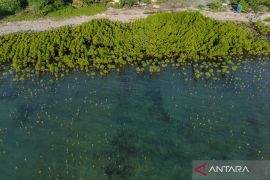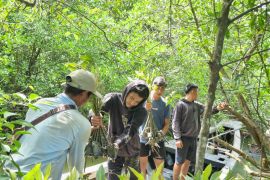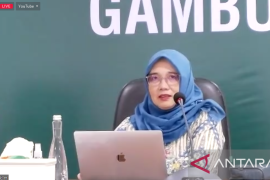"Based on the national mangrove map that we have officially launched, Indonesia has approximately 701 thousand hectares of mangrove areas that we must rehabilitate. Apart from that, our mangroves are in pretty good condition," Handayaningsih stated during a discussion on "One Million Mangroves for Life" here on Thursday.
To accelerate mangrove rehabilitation, President Joko Widodo had established the Peat and Mangrove Restoration Agency (BRGM) in 2020 for rehabilitating 600 thousand ha of mangrove areas until 2024.
Along with the Ministry of Environment and Forestry, the BRGM had conducted restoration and rehabilitation of mangrove areas, especially in nine provinces for over the last two years.
Related news: Mangrove restoration, conservation requires commitment: ministry
Based on the latest national mangrove map launched in October 2021, Indonesia's mangrove areas span a total area of 3.36 million ha or the largest mangrove area in the world.
"Indonesia's mangrove area is the largest in the world. Some 20 percent of the world's mangrove areas are in Indonesia, while 36 percent are in Southeast Asia," she noted.
However, parts of the country's mangrove areas are damaged owing to being converted into palm oil plantations or ponds.
Locals living around the mangrove areas usually altered the function of mangroves, as they believed that palm oil plantations and ponds are more profitable.
"Indonesia also does not close its eyes and in addition to ecological interests, we must also pay attention to the socio-economic aspects of the community or livelihoods around the coasts where there are mangroves. Hence, the scheme for the restoration of mangrove ecosystems in Indonesia includes the three important pillars of conservation, socio-economics, and institutional," she added.
Mangrove areas should be protected, as they contain a wide variety of living creatures, such as fish and poultry.
In addition, based on the results of a recent research, mangroves absorb carbon dioxide emissions up to five folds higher than other plants.
"Surely, this is a huge opportunity for Indonesia to accelerate its ambitious target of reducing carbon emissions or greenhouse gases that have been pledged in the Paris Agreement to be cut by 29 percent by 2030. With the restoration of mangroves, we hope that the targets would be achieved soon," she remarked.
Related news: People crucial to mangrove rehabilitation success: ministry
Related news: BRGM applies 3R to support Indonesia's GHG emission-reduction goal
Translator: Sanya DS, Fardah
Editor: Suharto
Copyright © ANTARA 2021
